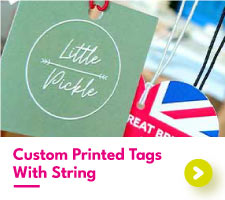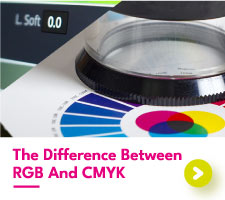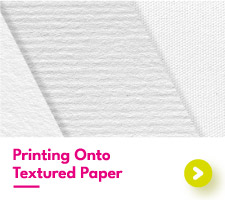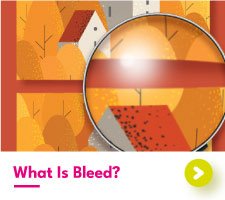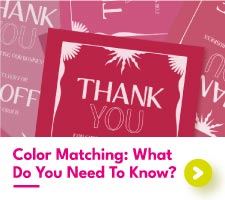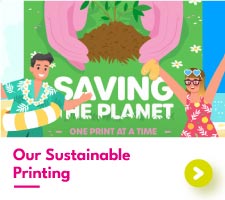The History Of Business Cards
The history of business cards extends as far back as Ancient Egypt, with the use of hieroglyphics on stone tablets to promote goods and services. Business cards have since evolved from their humble beginnings, to become an essential aspect within business marketing. The following article outlines a brief history of business cards and shows how we arrived at the embellished, metallic foil business cards we are familiar with today.
When Did Business Cards First Appear?
While we may not know who invented the business card, we can trace their use back to 15th Century China, with the practice of delivering visiting cards. These visiting cards would often be used by the holder to request a meeting with a person or household. The card would be left at the house, where the residents could respond to arrange a meeting or to decline for another time. Arriving at a house without giving prior notice was seen as impolite, it was important that the correct business card etiquette was followed to avoid any embarrassments.
Visiting cards would later be integrated within 17th Century France and then to the rest of Europe. The French referred to these cards as “Carte de Visite” and would give them to close friends and family to arrange visits between households. These cards would feature engraved or embossed lettering, and gold embellishments that were associated with the aristocratic families of the French upper class.

When Did Business Cards Become Popular?
Calling Cards
During the 17th Century, the use of calling cards in Europe began to increase. While mostly being distributed amongst the upper classes, these Victorian business cards served as a status symbol, with strict social rules surrounding their exchange. Depending on the occasion, calling cards would have a short message on one side and an image on the other side. Popular images for calling cards included romantic and pastel illustrations of hearts, kittens, and young women.
Households would collect the calling cards they received, often keeping them on an ornate plate in the entrance of their home. The collected cards would be used by the wealthy as a form of social networking, with great significance placed on each card and the way it would be distributed. An individuals’ place within society could be determined by the quality of their calling cards, those with cards of a higher quality would usually be of a higher social class.
Trade Cards
With the introduction of new techniques, such as lithography, during the industrial revolution, business cards could now be mass produced and were no longer exclusive to the upper-class. During this “golden age” of production, trade cards were adopted by businesses as a marketing tool. Trade cards would be printed on both sides, with the front containing information about the business and the back often depicting the business location. Businesses would distribute their trade cards to the public, usually by hand, in the streets surrounding their shops.
As trade cards became more popular, the Victorian era social rules surrounding their exchange became more relaxed.
Modern Day
Today, the use of business cards is considered to be standard practice, with most companies having their own personalized card to promote their business. Unlike 18th Century calling cards, modern business cards are not restricted in their appearance or the information that they include. Instead, these cards are diverse in their designs and can be printed on a range of different paper types, each with their own special finish, such as painted edges or rounded corners. With the market for business cards becoming more competitive, some companies are opting for a custom shaped business card to help them stand out from the crowd.

Our Custom Business Cards
With over 300 different combinations of paper types and finishes, our business cards are guaranteed to leave a great lasting impression with your customers. For further inspiration, we offer a range of sample packs showing our paper catalogue, laminates, and special finishes.
While you're here, why not explore our entire print range, including custom playing cards, personalised greeting cards, and premium flyers?

 UK
UK FR
FR









